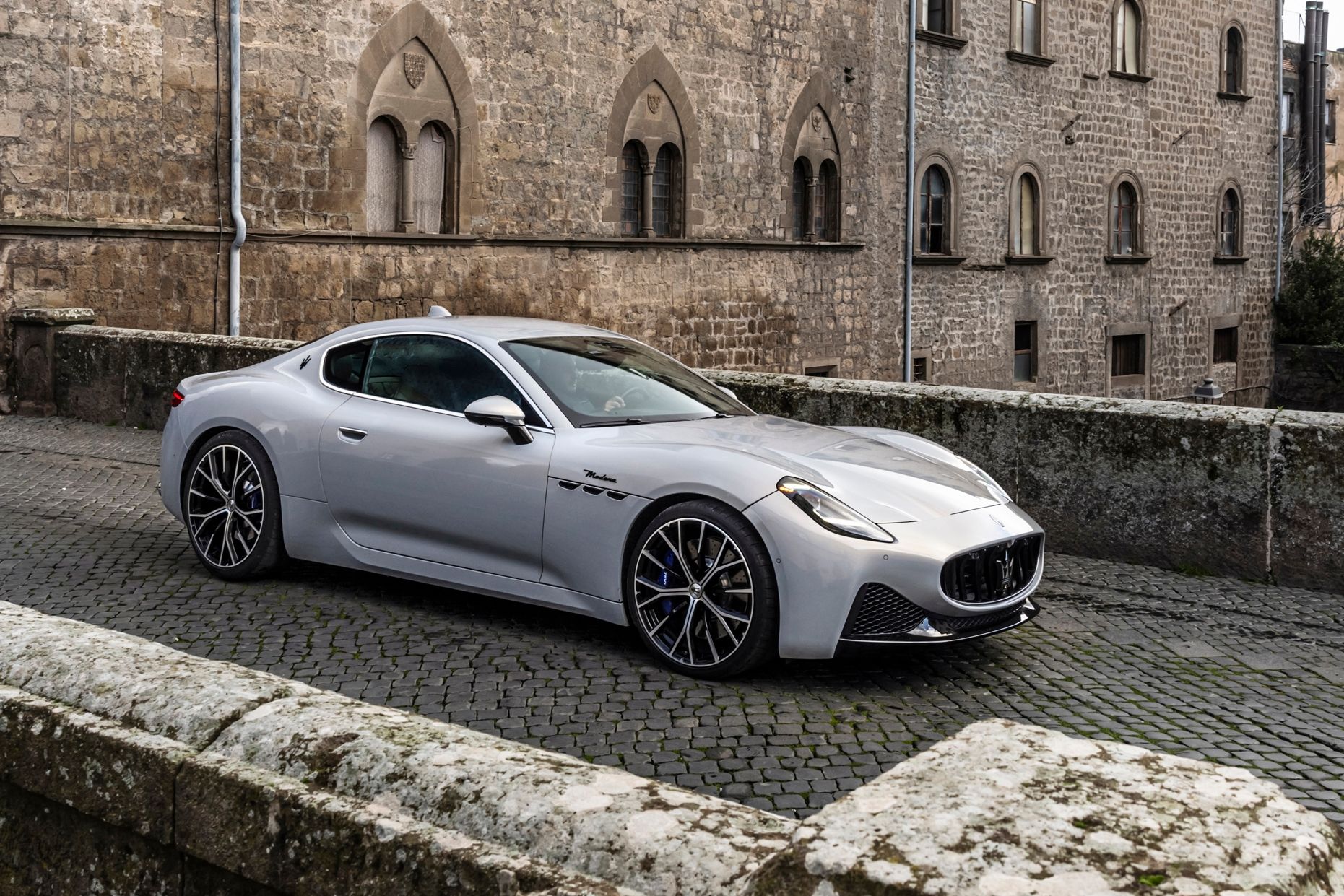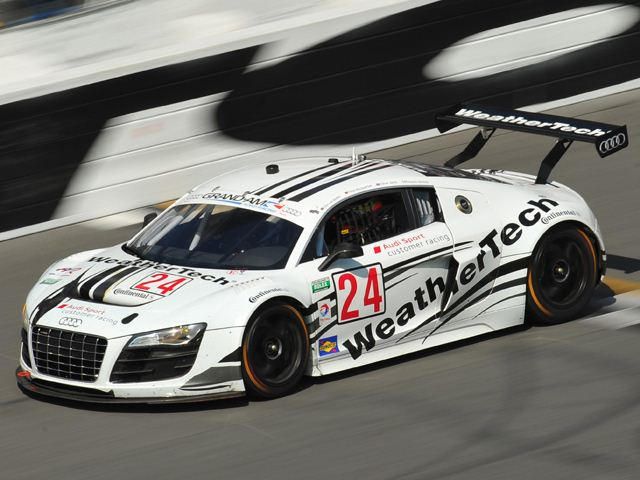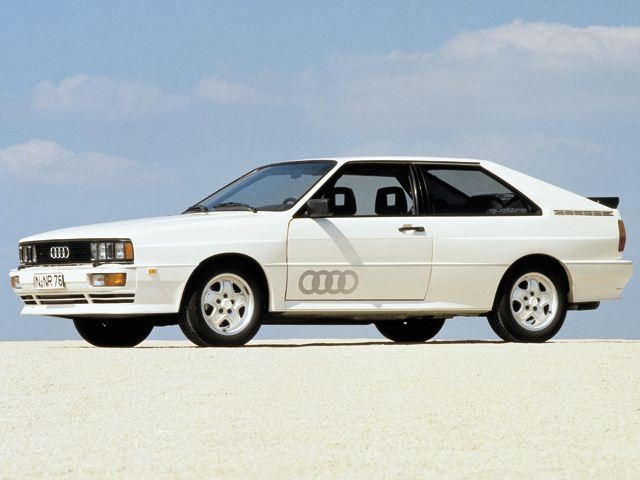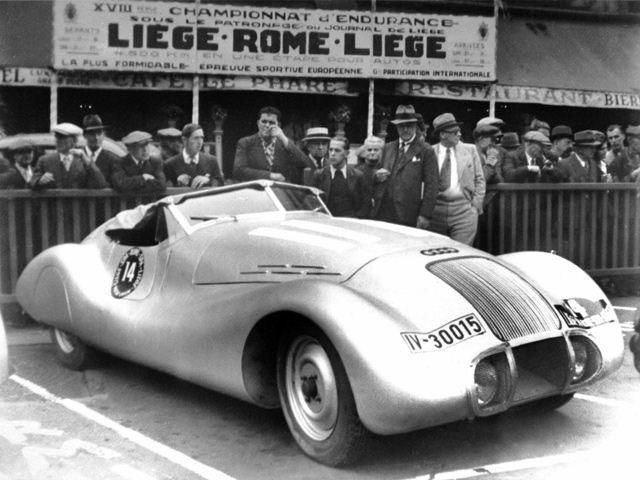
You've probably been wondering where Audi was in this series the whole time. Well, we were saving it for a strong finish. A direct link between race cars and road cars is rare in big companies like Audi, but as the most profitable brand in the massive VW group, Audi is obviously doing something right. At the root of Audi's Vorsprung durch Technik (progress through technology) philosophy is the belief that motorsport competition is the best path toward technological advancement.
Audi was first formed in 1909, but the real story of its motorsports heritage starts with the formation of Auto Union in 1932. This was when four different automakers, including Audi, came together to form one big company. This is the origin of the four-rings logo still used by Audi, even though it has by now effectively absorbed the rest of Auto Union. But in 1933, the newly-formed Auto Union wanted to create a highly competitive motorsports program in order to take on Mercedes-Benz. The resulting cars to come from both brands were commonly referred to as "Silver Arrows" and this represented what some consider to be the golden age of German motorsport.
The big Auto Union race cars were hugely powerful, especially the V16-powered Type C, but incredibly difficult to control. Only a handful of drivers were able to keep that kind of power contained, and these men became superheroes of the auto racing world. Unfortunately, this era was brought to an end in 1939 with the outbreak of WWII. Auto Union was more or less utterly destroyed during the war, and though it was eventually brought back to life, it would be a long time before it returned to its former motorsports glory. Auto Union was bought by its former rivals at Mercedes-Benz in 1959 and then sold just a few years later to Volkswagen.
It wasn't until 1980 that Audi effectively reentered racing, but it was one hell of a reentry. The car that made Audi's name in motorsports for the postwar era was the 1980 Sport Quattro. This car would win the WRC constructors' championship for 1982 and 1984, as well as the drivers' championship in 1983 and 1984. These were the Group B days, and quite a few legendary cars would come out of this era. But the Sport Quattro was still a major game changer, as it so clearly demonstrated the value of all-wheel drive in rallying and that AWD would immediately become the standard following the Audi wins.
Audi would move to Trans-Am racing in 1988 and DTM and BTCC in 1990. It would once begin its move to the forefront of a race series in 1999 at the 24 Hours of Le Mans. This year is often remembered for being the time Toyota came within a breath of becoming the second Japanese manufacturer to get an overall win at La Sarthe. But it was the third place finish for newcomer Audi which everybody should have been paying attention to. It would return to win the race in 2000, as well as every year since with only two exceptions.
One of these exceptions was Bentley, which also belongs to the VW Group parent company and was able to grab the win with the help of Le Mans legend Tom Kristensen, who was on loan that year from the Audi team. So the 2009 win from Peugeot is the only time a genuine rival has been able to challenge Audi at Le Mans since 2000. And now that Peugeot has pulled out of the series, Audi seems absolutely unstoppable. Audi's ability to apply the rally-derived Quattro AWD system to its road cars, as well as the diesel technology from endurance racing, shows why Audi races in the first place.
Not long ago, VW Group's motorsport chief was asked if an F1 team was in the cards. He laughed this suggestion off, saying F1 was "irrelevant". Audi's Le Mans cars cover more ground in one race than an F1 car covers in a whole season, and for Audi, the more time on the track and the more technology that can be used on a road car, the better the race. It's certainly hard to argue with the results.



